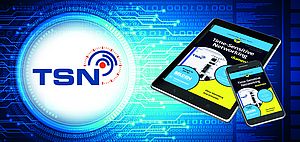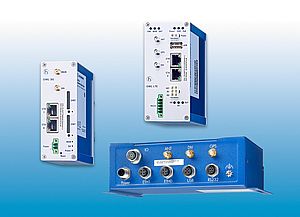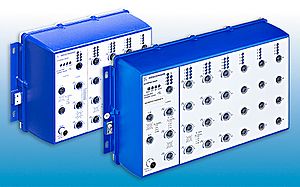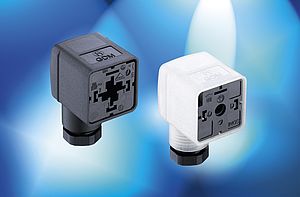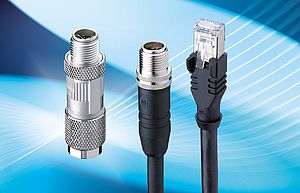Available as a Profinet I/O device, EtherNet/IP adapter device or EtherCAT slave controller, the EEM embedded Ethernet module from Belden grants Ethernet access to intelligent automation devices, or enables them to be integrated in network management systems. Added to the company’s Hirschmann product range, it is equipped with a switch for two external Fast Ethernet ports, and one internal port to the host CPU. The latter, which has a 50-pole plug connector, can be used to connect the host CPU of the automation device to the CPU of the EEM. Since data communication is via an FPGA, the functionality of the module can be adapted to meet customer requirements or technological changes without the need to alter the hardware. This makes the new module a practical and versatile option for connecting intelligent automation devices such as motor starters, frequency converters, or sensors to Ethernet networks. Designed for -40 to +85°C temperature range, the module has an 8MB RAM and a 4MB flash memory. Network-specific settings can be made, using either the relevant automation protocol or standard SNMP, via the external Ethernet ports or from the host CPU via the internal system port. Two priority queues are available to prioritize data communication. Up to 512 static or dynamic entries can be stored in the address table, and the latter can be optimally adapted to the respective network requirements using adjustable aging. Port statistics gathered via remote monitoring ensure both detailed surveillance and effective network maintenance. A development kit is available to make it easy to integrate the EEM in intelligent automation devices. Broad pin headers enable easy access to all the signals of the system port. The input signals can be simulated via eight push buttons, while LEDs show the status of the output signals. Together with a host CPU, the development kit forms an independent system for simulating the respective automation devices.
Edited by: Teoman Tugsuz





